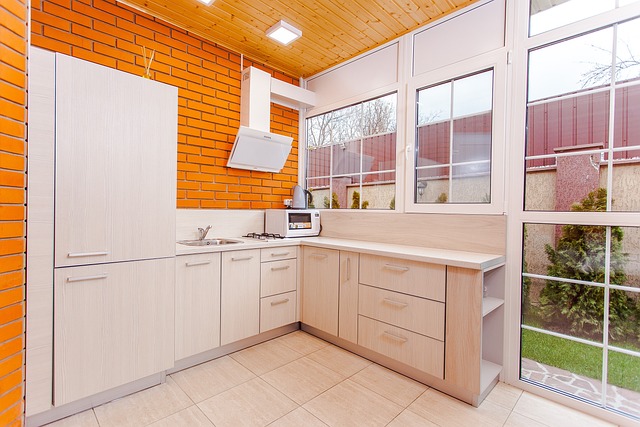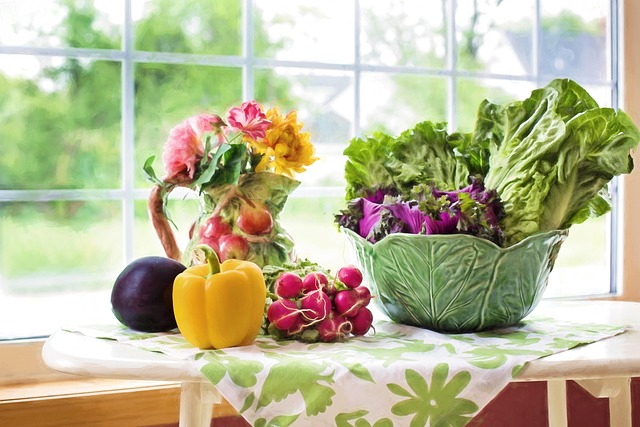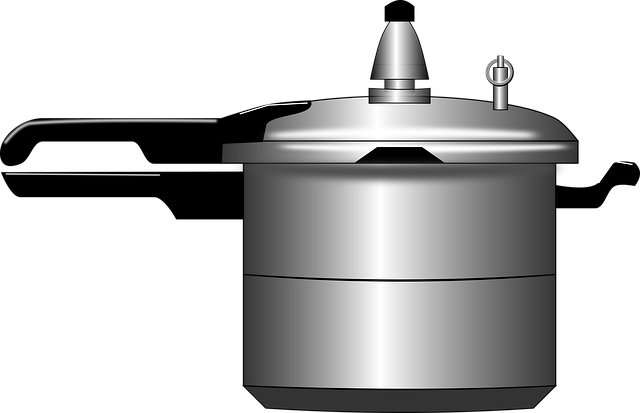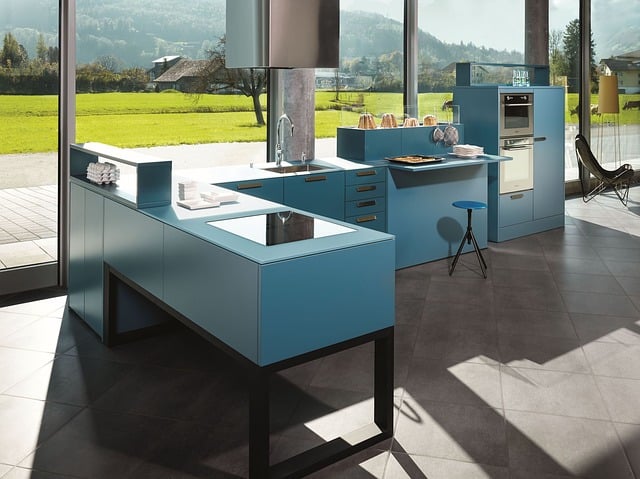Elevate Your Kitchen: Customized Lighting Plans for Every Need
This guide explores the diverse needs of kitchen lighting, highlighting its role beyond simple illum…….
Welcome to the comprehensive guide on “kitchen-lighting-solutions.” This article delves into the intricacies of illuminating one of the most functional spaces in any household—the kitchen. We will explore the essence of effective kitchen lighting, its role in enhancing both the culinary experience and the ambiance of the space, and how it can transform a simple kitchen into a vibrant hub of activity. By the end of this article, readers will have a clear understanding of the various components that make up a comprehensive kitchen-lighting solution and the factors to consider when designing or selecting lighting for their kitchens.
Kitchen-lighting solutions encompass a variety of lighting types, including task lighting, ambient lighting, and accent lighting, all working in harmony to meet different needs within the space. These solutions are designed to ensure visibility for cooking and food preparation, safety through clear pathway illumination, and mood enhancement for dining experiences. The core components of a kitchen-lighting solution typically include ceiling lights, under-cabinet lights, pendant lights over islands or sinks, and task lighting such as spotlights or LED strips under shelves or cabinets.
The historical context of kitchen lighting is one of evolution from the dim, oil-lit spaces of the past to the sophisticated, energy-efficient systems of today. The significance of kitchen lighting lies in its ability to support a wide range of activities, from meal preparation to social gatherings, making it a critical component of modern kitchen design.
The influence of kitchen-lighting solutions is felt across the globe, with varying trends based on regional needs, preferences, and cultural practices. In North America and Europe, there is a strong focus on energy efficiency and smart lighting systems that can be controlled via apps or voice commands. In contrast, developing countries may prioritize affordability and accessibility, leading to the adoption of LED solutions that offer long-lasting performance and reduced maintenance costs.
Emerging trends in kitchen lighting include the integration of smart home technology, sustainable materials and practices, and personalized lighting experiences that can adapt to the user’s activities or preferences. The global market for kitchen lighting is also seeing a rise in demand for minimalist designs that complement modern kitchen aesthetics without overshadowing the culinary space.
The economic landscape of kitchen-lighting solutions is shaped by several factors, including material costs, labor expenses, technological advancements, and market demand. Investment patterns indicate a growing interest in sustainable and smart lighting options, which can offer long-term savings through energy efficiency. These solutions are becoming increasingly affordable, making high-quality kitchen lighting accessible to a broader range of consumers.
Moreover, the role of kitchen-lighting solutions within economic systems is multifaceted, impacting everything from small business growth to employment rates in manufacturing and design sectors. The industry’s health is a clear indicator of the broader economy’s vitality, as consumer spending on home improvements often includes investment in lighting solutions.
The technological evolution in kitchen-lighting solutions has been remarkable, with advancements ranging from energy-efficient LED technology to smart lighting systems that can adjust brightness and color temperature based on time of day or activity. Innovations like dimmable LED strips, wireless charging pads integrated into countertops, and voice-activated controls have revolutionized the way we interact with kitchen lights.
Future potential in this field includes the integration of biophilic design principles, harnessing natural light more effectively, and developing lighting systems that can improve mental well-being. The ongoing research into human-centric lighting aims to mimic natural daylight patterns, which can positively impact health and productivity.
The policies and regulations governing kitchen-lighting solutions are designed to ensure safety, energy efficiency, and sustainability. These include standards for electrical installations, certifications for energy-efficient products, and building codes that dictate the types of lighting allowed in residential spaces.
Legislative frameworks, such as the Energy Policy Act (EPAct) in the United States and the European Union’s Ecodesign Directive, have significantly influenced the development of kitchen-lighting solutions by setting benchmarks for energy consumption and efficiency. These regulations not only protect consumers but also drive innovation within the industry.
The challenges faced by kitchen-lighting solutions are diverse, ranging from the economic impact of sourcing sustainable materials to ensuring compatibility with smart home ecosystems. Critics often highlight the need for more standardized testing and certification processes to ensure quality and safety across all products.
To overcome these issues, manufacturers and designers can focus on sustainability, user-centric design, and adaptable lighting solutions that cater to the evolving needs of households. Investing in research and development, as well as fostering partnerships with technology firms, can also address the criticisms and ensure that kitchen-lighting solutions remain at the forefront of innovation.
Several case studies demonstrate the successful application of kitchen-lighting solutions. A notable example is the integration of smart lighting systems in Scandinavian households, which have embraced not only the practical aspects of energy efficiency but also the lifestyle benefits of being able to control lighting via smartphones or voice commands. Another case study could be a luxury kitchen in North America that features customizable LED accent lighting to highlight design elements and artwork.
These real-world applications showcase the versatility and impact of well-designed kitchen-lighting solutions, offering insights into best practices and design trends that can inform future projects.
Kitchen-lighting solutions are an integral part of modern kitchen design, serving both functional and aesthetic purposes. They reflect a combination of global trends, technological advancements, and economic considerations, all within a framework of policy and regulation. As we look to the future, it is clear that these solutions will continue to evolve, driven by consumer demand for energy efficiency, personalization, and smart technology integration. The ongoing innovation in this field promises to deliver kitchen-lighting experiences that are both practical and inspirational, enhancing our homes and lives in profound ways.

This guide explores the diverse needs of kitchen lighting, highlighting its role beyond simple illum…….

Luxury kitchens demand a harmonious blend of form and function in their lighting. Kitchen lighting s…….

Kitchen lighting solutions range from under-cabinet and task lighting to dramatic pendant lights and…….

Kitchen lighting solutions blend ambiance and functionality. Under-cabinet lighting, pendant lights,…….

Modern kitchen lighting transcends functionality with solutions like under-cabinet LED lighting for…….

Modern kitchen lighting solutions focus on creating ambiance, functionality, and style. Pendant ligh…….

This guide highlights the importance of balancing general and task-specific illumination in modern k…….

This text explores comprehensive kitchen lighting solutions that blend functionality and aesthetics……..

Transform your kitchen into a vibrant and inviting space with strategic layering of different lighti…….

Transform your kitchen with strategic lighting choices. Utilize under-cabinet and pendant lights for…….